Ever wondered if the shampoo you’re using is truly right for your dog’s skin? Picking the best shampoo for your furry friend can make all the difference between a healthy, shiny coat and ongoing itchy, irritated skin. Today, you’ll discover how to choose the perfect dog shampoo for your pup’s unique skin and coat needs—helping them look, feel, and smell their very best!
Unlocking the Secret: Why Choosing the Right Dog Shampoo Matters for Your Dog’s Skin and Coat
Every pet owner knows a dog’s glossy, healthy coat is more than good looks—it’s a sign of excellent skin health. The dog shampoo you choose is vital to maintaining that shine and comfort. If you’ve ever wondered, “What is the best shampoo for my dog’s skin type?,” you’re far from alone. Using the wrong shampoo for your dog can leave their skin dry, itchy, or prone to hot spots. The right solution does more than gently clean; it preserves natural oils, soothes sensitive skin, and can even address specific problems like fleas or allergies.
Dog owners face a huge variety of shampoos for their pets, from options for sensitive skin and medicated shampoo for trouble spots, to formulas designed to revitalize every coat type. Matching the right shampoo to your dog’s unique skin type helps prevent allergic reactions, promotes a healthy coat, and ensures each bath time leaves your furry friend clean and comfortable. By understanding your dog’s skin and coat, and choosing a quality dog shampoo packed with the right ingredients, you’ll support their well-being and cut down on unnecessary vet visits or skin treatments.
Opening Inquiry: Are You Sure Your Current Dog Shampoo Matches Your Dog’s Skin Needs?
Most dog owners grab a “universal” dog shampoo and hope for the best. But just like you wouldn’t use any random shampoo for yourself, your dog’s skin and coat deserve special attention. Have you noticed your pet itching, developing dry spots, or lacking that signature fresh and clean scent after bath time? If so, your current dog shampoo might not truly address your dog’s unique skin type, and could even contain harsh chemicals or unhelpful fillers. Taking a moment to reassess your dog’s specific needs—and whether their current bathing routine is working—could be the key to a shinier coat and better overall comfort for your furry friend.
What You'll Learn in This Guide to Finding the Best Shampoo for Your Dog’s Skin Type
How to identify your dog’s skin type
What ingredients to look for in quality dog shampoo
Benefits of matching shampoo to specific skin and coat needs
Veterinarian-recommended solutions for common conditions such as sensitive or itchy skin
A comprehensive comparison of top-rated dog shampoos and conditioners
Understanding Dog Skin Types and Coat Types: The First Step in Choosing the Best Shampoo
Before purchasing a dog shampoo, it’s essential to know your pet’s exact skin type and coat type. These two factors guide you toward the right formulas, whether your dog struggles with dry, oily, sensitive, or normal skin. Many owners are surprised to learn that using the wrong product can strip away natural oils, causing flakiness or even worsening existing skin conditions. Dogs with dry skin may need extra moisturizing agents like aloe vera, while those with oily coats benefit from formulas that balance sebum production without over-drying. If your pet struggles with hot spots or regular itching, switching to a targeted shampoo makes a real difference. Quality dog shampoos aren’t one-size-fits-all: they’re designed for specific needs and coat types, ensuring every bath directly benefits your pet’s health.
Start by running your fingers through your dog’s coat—do you feel rough patches, greasiness, or a generally soft texture? Is their skin flaky, red, or normal to the touch? Understanding these signs can help you zero in on the right shampoos, promote a naturally healthy coat, and prevent problems before they begin. Investing the time to understand your dog’s unique needs pays off with every tail wag.
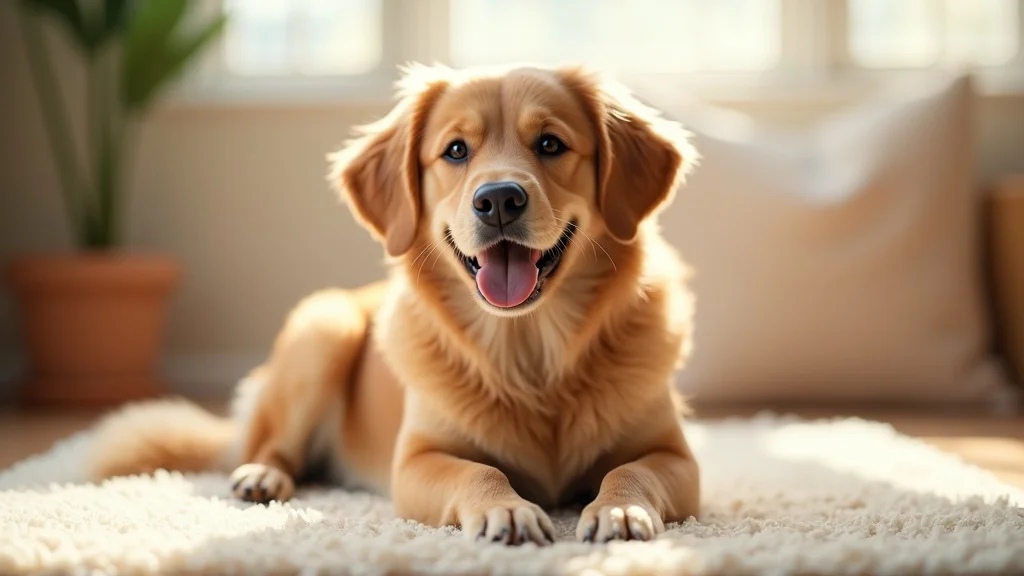
Recognizing Your Dog’s Skin and Coat Type
Identifying your dog’s skin and coat type is the first step toward choosing a quality dog shampoo that truly supports their well-being. Dogs generally fall into categories such as sensitive, dry, oily, allergy-prone, or normal skin. Coats range from double-layered and thick to fine and short, and each combination poses unique care challenges. For example, short-haired breeds may be more exposed to direct environmental factors that can leave their skin dry, while long-haired breeds sometimes experience trapped moisture, leading to irritation. Feel for roughness, check for excessive oiliness or dryness, and watch for recurring hot spots or flaking—these clues will steer you in the right direction.
Some popular signs that your dog may need a different dog shampoo include persistent scratching, an oily or greasy feel, visible dandruff, or a dull appearance to their fur. By paying attention to these cues and adjusting your bathing approach accordingly, you can efficiently address issues while giving your furry friend the comfort they deserve. Matching the shampoo to your dog’s needs promotes appropriate healing, supports natural oils, and ensures your pet stays fresh and clean between baths.
Different Coat Types and Their Unique Shampoo Needs
Not all dog shampoos are created equal—certain coat types need specific reinforcement. Double-coated breeds require products that can reach down to the skin without matting the undercoat, while curly or wiry coats benefit from gentle yet deeply moisturizing options to prevent tangling and dryness. Oily coats often do best with formulas designed to remove excess sebum, while short-haired, sensitive breeds may need hypoallergenic, fragrance-free options. Dogs with allergy-prone or sensitive skin must avoid harsh chemicals, instead opting for natural, calming ingredients like colloidal oat and aloe vera.
To guarantee your shampoo choice brings real results, carefully cross-check the formulation with your pet’s needs. Products that are pH-balanced and soap-free are generally better tolerated, especially for frequent bathing. Always consult with your veterinarian if your dog shows signs of persistent skin conditions to ensure a more complex skin issue isn’t at play. Picking the right match shields your dog from future irritation, keeping their coat shiny and their spirit lively.
Common Dog Skin & Coat Types vs. Recommended Dog Shampoos |
||
Skin/Coat Type |
Characteristics |
Recommended Dog Shampoos |
|---|---|---|
Sensitive |
Red, easily inflamed skin; scratching or flaking |
Hypoallergenic shampoo, oatmeal or aloe formulas |
Dry |
Flaky, dull coat; visible dandruff |
Moisturizing shampoo with coconut oil, shea butter, colloidal oat |
Oily |
Greasy, heavy coat; strong odor |
Deep-cleansing shampoo, balancing, degreasing agents |
Allergy-Prone |
Itching after exposure to grass, dust, or certain foods |
Medicated or anti-allergy shampoos with soothing botanicals |
Normal |
Healthy skin, shiny soft coat, minimal shedding |
General-purpose, pH-balanced dog shampoo |
Ingredients to Seek (and Avoid) in Quality Dog Shampoo and Conditioner
Your dog’s bath time should be soothing and effective—not an experiment in chemistry. Quality dog shampoos clearly list beneficial ingredients like aloe vera, chamomile, coconut oil, and colloidal oat. These help heal and protect the skin while gently cleaning. On the other hand, avoid products with harsh chemicals, artificial dyes, parabens, and ingredients like sodium lauryl sulfate, which can strip vital natural oils and trigger allergic reactions. Reading the ingredient label closely is crucial for your dog’s comfort and ongoing skin health.
When searching for the best shampoo for your dog, remember: what works for humans is not always suited for canines. Ingredients in a quality dog shampoo and conditioner promote good skin, a healthy coat, and minimize risk for future problems. Never use human shampoos—dogs have a different pH balance, and using the wrong product can make conditions worse instead of better.

Natural vs. Synthetic: Which Ingredients Benefit Which Skin Types?
Natural ingredients—such as colloidal oat, aloe vera, chamomile, and coconut oil—are prized for their gentle, healing properties. Dogs with sensitive skin, dry patches, or prone to hot spots do exceptionally well with shampoos featuring these elements. Natural formulas are less likely to cause irritation, and they restore vital moisture for a healthy, glowing coat. In contrast, some synthetic agents may clean effectively but often at the cost of a stripped barrier, leading to flakiness and itching. While not every synthetic component is dangerous, always scrutinize labels and research any unfamiliar chemicals for safety and efficacy.
If your goal is to gently clean while avoiding outbreaks, stick to simple, time-tested ingredients. Natural dog shampoo include elements that mimic the skin’s barrier, preserve natural oils, and bring relief to ongoing inflammation. Even for dogs with normal skin, natural blends maintain balance without unexpected side effects, making them a safe bet for any dog owner.
Red Flags: Harsh Chemicals to Avoid in Shampoo for Your Dog
Many commercial dog shampoos are loaded with artificial fragrances, synthetic dyes, parabens, phthalates, alcohol, and sulfates. These harsh chemicals can wreak havoc, causing everything from mild irritation to more severe skin condition flare-ups such as contact dermatitis or recurring hot spots. Dogs with sensitive skin or allergies are most at risk, but even hardy pups can develop problems over time. If you spot words like “SLS/SLES” or long chemical strings that don’t sound plant-based, put the bottle back and seek a more wholesome alternative.
Avoiding these red-flag ingredients shields your dog from unnecessary discomfort and saves you on repeated costs for treating allergic reactions or secondary skin conditions. For the best results, choose dog shampoos that clearly state they are “paraben-free,” “dye-free,” and “pH balanced.” A small step with big rewards for your dog’s skin and coat.
Top-Rated Dog Shampoos for Sensitive Skin: Protecting Your Furry Friend’s Well-Being
Dogs with sensitive skin need extra care and specific formulations. Top-rated dog shampoos for sensitivity use calming, hypoallergenic blends, often starring colloidal oat and aloe vera. These ingredients soothe irritation, replenish moisture, and reduce the likelihood of future flare-ups. Investing in gentle products geared toward sensitivity goes a long way toward healthier skin and a shinier coat. Not only do these shampoos clean, but they also protect your pet from discomfort rooted in poor product choice. Trust in blends that are widely recommended by veterinarians and supported by glowing owner testimonials.
Gentle, non-stripping shampoos for dogs with sensitive skin also decrease the frequency of scratching, minimize dander, and prevent the cycle of dryness and irritation. With continuous use, you and your furry friend will notice an improvement in comfort and appearance, making each bath a refreshing, soothing ritual.
Best Shampoo for Your Dog with Sensitive Skin
“Sensitive skin in dogs requires gentle cleansing with ingredients like colloidal oat and aloe vera, which provide both relief and protection.” – Dr. Amanda West, Veterinary Dermatologist
For dogs prone to redness, patchiness, or frequent scratching, leading options include formulas with oat, aloe vera, and chamomile. Products with “hypoallergenic,” “tear free,” or “veterinarian recommended” labels are your safest bets. Avoid artificial scents and dyes, which tend to aggravate sensitive skin. Bathing with the right shampoo for sensitive skin can make a world of difference, transforming their coat from dull and brittle to soft, shiny, and resilient against environmental factors.
Be on the lookout for trusted brands that have positive reviews in managing sensitive skin cases. Mixing and matching until you find what truly comforts your dog can have lasting positive outcomes—less itching, more happiness, and a visibly improved coat.
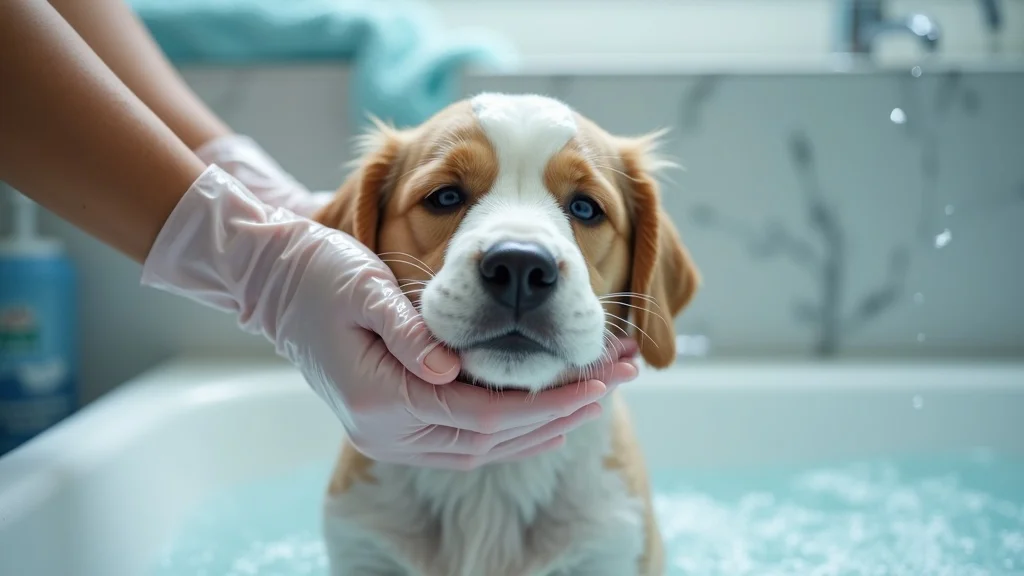
When Medicated Dog Shampoo Is the Right Choice for Itchy or Irritated Skin
Some dogs struggle with more than just the occasional itch. If your pet experiences chronic scratching, redness, or visible skin condition issues that ordinary shampoos don’t resolve, a medicated shampoo may be necessary. These special formulas are infused with active ingredients like chlorhexidine, miconazole, or sulfur to specifically address bacterial or fungal infections, stubborn hot spots, and severe allergic reactions. Unlike regular dog shampoos, medicated options are designed to target the root cause, not just mask the symptoms, providing relief and facilitating healing from persistent discomfort.
Medicated shampoos are potent and should always be used as directed by your veterinarian. They can be real game-changers for itchy skin, severe dandruff, or other skin ailments, but overuse or the wrong match can upset your dog’s skin balance. Always look for products that provide a clear list of active ingredients and usage instructions, ensuring they’re well suited for your specific pup’s needs.
How Medicated Shampoo for Dogs Targets Common Skin Problems
Medicated shampoo for dogs is tailor-made for challenging conditions that basic cleansing won’t fix. Ingredients like ketoconazole (antifungal), chlorhexidine (antibacterial), or hydrocortisone (anti-inflammatory) work deep in the skin to halt infection, soothe irritation, and speed up recovery. If your dog suffers from repeated hot spots, dermatitis, or unexplained redness, a medicated shampoo helps end the cycle by removing irritants and providing the skin with what it needs to heal.
While highly effective, these shampoos shouldn’t be used lightly. Overuse can disrupt good skin bacteria or lead to dryness, so close guidance from your vet is key. Used properly, they’re a safe and powerful solution for restoring comfort and function to a troubled coat and skin.
Veterinarian Recommendations for Dogs with Itchy Skin
Veterinarians frequently recommend specialized medicated shampoo or natural blends packed with soothing botanicals for dogs facing ongoing itchy skin. Formulations rich in colloidal oat, aloe vera, or omega-3 fatty acids often provide immediate comfort. Prescription strength options are available for severe cases or specific infections. It’s always smart to consult your vet before moving to a medicated solution; they’ll help you pinpoint the cause and guide you in selecting a proven, dog-safe product that restores comfort and prevents further complications.
Combining the expertise of your veterinarian with thorough ingredient research ensures your dog gets the best care. Sometimes relief is as simple as switching to an appropriate shampoo, while complex conditions may require a combination of medicated products and topical treatments. When in doubt, always seek professional advice to avoid trial and error that could irritate sensitive skin further.
Choosing Flea and Tick Shampoo: Double Duty for Your Dog’s Skin and Coat Health
Flea and tick season adds a new layer to the question, “What is the best shampoo for my dog’s skin type?” Flea and tick shampoo not only eliminates annoying parasites but can also soothe irritated skin and restore comfort. It’s important to know that while tick shampoo can be incredibly useful during infestations, it shouldn’t replace your regular quality dog shampoo for ongoing use. Some flea and tick shampoos contain strong insecticides and chemicals that might dry out or irritate sensitive skin types. Choosing one that combines effective pest-removal with gentle, moisturizing ingredients offers the best of both worlds—pest control and a healthy coat.
Carefully sticking to the recommended frequency, and always rinsing thoroughly, protects your dog from overexposure to potentially harsh components. Some natural flea and tick solutions feature essential oils like citronella or lavender, providing a safer experience for allergy-prone pets. Weigh the benefits and risks before each use, and rotate with a standard shampoo to maintain optimal skin and coat health.
Benefits and Risks of Flea and Tick Shampoo for Dogs
The key advantage of flea and tick shampoo is immediate relief from biting parasites, helping your dog feel fresh and comfortable again with just one wash. This type of shampoo is indispensable during outbreaks, but many contain pyrethrins, permethrin, or synthetic fragrances that can aggravate preexisting skin issues, particularly for sensitive breeds or dogs with dry skin. Overuse increases the risk of dryness, itching, and allergic reactions; moderation and careful selection are crucial.
If your pet has a history of skin conditions or sensitivity, consider alternating flea and tick products with a soothing, pH-balanced shampoo to keep their skin calm and their coat glossy. Consult your veterinarian for specific outbreak advice and always follow the manufacturer’s step-by-step instructions for bathing your dog safely and efficiently.
Video Guide: How to Properly Bathe Your Dog With Anti-Parasitic Shampoo
Colloidal Oat, Aloe Vera, and Other Calming Ingredients for Itchy Skin Relief
Colloidal oat and aloe vera are renowned for their gentle, healing powers on itchy skin. These calming, natural ingredients create a protective barrier, relieve inflammation, and restore moisture lost due to harsh shampoos or constant scratching. The best dog shampoos for itchy skin are free from harsh chemicals, are hypoallergenic, and will say so right on the label. Products with these soothing botanicals make bath time relaxing, and they leave your pet’s skin and coat feeling supple, soft, and reliably fresh and clean. Look for “tear free” options and blends with coconut oil or chamomile for added comfort.
Daily life is full of irritants—grass, dust, and even food can cause mild to severe discomfort for allergy-prone dogs. By switching to dog shampoos formulated for calming and healing, you give your companion a break from the irritation and support faster recovery. Always rinse thoroughly after shampooing, and monitor your dog for ongoing changes or reactions.
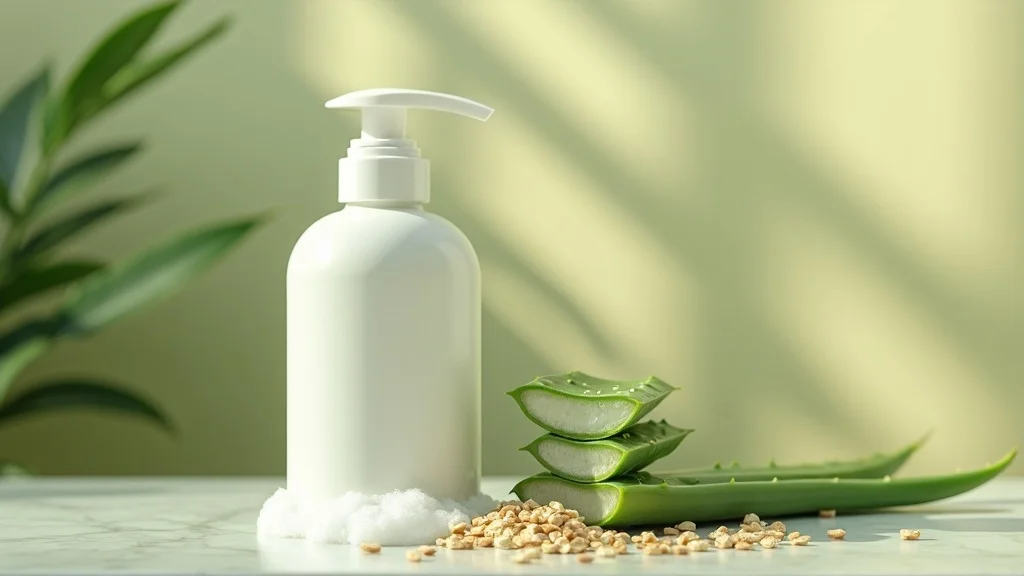
Best Dog Shampoos with Gentle, Soothing Formulations
Top colloidal oat dog shampoo picks
Dog shampoos infused with chamomile, aloe, or coconut oil
Products with ‘tear free’ and hypoallergenic labels
Some standout products in this space include oatmeal-based dog shampoos known for their ability to calm and repair irritation. Blends featuring a mix of aloe vera, shea butter, and coconut oil add welcome moisture, locking in softness and preventing recurring dryness. Chamomile-infused options provide further anti-inflammatory benefits and can even help with anxiety during bath time. Always check customer reviews to see real-world effectiveness for each skin type, especially when testing a new product for your dog’s sensitive or allergy-prone skin.
“Tear free” products offer peace of mind during rinsing and are typically formulated for young pups or breeds prone to watery eyes. Additionally, hypoallergenic labels signal that the product has undergone extra testing to ensure it won’t provoke allergic reactions, making them ideal for dogs with mysterious or seasonal triggers.
Comparing Dog Shampoos: Price, Quality, and Effectiveness for Every Skin Type
Choosing the perfect dog shampoo isn’t only about ingredients—it’s also about balancing price, value, and proven performance. High-end shampoos often use superior ingredients and avoid the fillers and harsh chemicals found in budget brands. However, not every expensive shampoo is the best for your individual dog’s skin type. Comparison shopping means checking how each option addresses your dog’s specific concerns, examining ingredient lists, reading real owner reviews, and evaluating effectiveness against cost. Focus on pH-balanced, soap-free formulas tailored to your dog’s unique needs to get the best value for your investment.
Keep in mind: the most effective shampoo for dogs with sensitive skin might differ from what works for dry or oily-coated breeds. An informed decision takes into account not just marketing claims, but also ingredient transparency, frequency of use, and ongoing skin and coat results.
Top Dog Shampoos for Each Skin Type |
|||
Skin Type |
Product Example |
Key Features |
Approximate Price Range |
|---|---|---|---|
Sensitive |
Oatmeal & Aloe Hypoallergenic Shampoo |
Colloidal oat, aloe vera, fragrance-free, pH balanced |
$10–$16 |
Dry |
Coconut Moisture Repair Dog Shampoo |
Coconut oil, shea butter, no sulfates |
$13–$19 |
Oily |
Deep Cleanse & Texture Control Shampoo |
Degreasing agents, lavender, no parabens |
$9–$14 |
Normal |
Everyday Clean Nourishing Shampoo |
Vitamin E, chamomile, light scent |
$7–$12 |
Allergy-Prone |
Advanced Anti-Allergy Formula |
Medicated, omega-3, prescription-only (check with vet) |
$15–$30 |
Dog Shampoo and Conditioner: Should You Use Both for Optimal Skin & Coat Care?
Combining dog shampoo and conditioner can unlock a new level of skin and coat health for many pets. While quality shampoo gently cleans and addresses issues like dryness or itching, a compatible conditioner restores moisture, detangles fur, and leaves a glossy finish. This duo is especially effective for long-haired or allergy-prone breeds, where deep hydration and detangling are essential. Owners who previously relied on shampoo alone often notice fewer tangles, a softer touch, and a noticeable shine when they introduce conditioner to their dog’s routine. Don’t just stop at clean—go the extra step for comfort and resilience.
Conditioners formulated specifically for dogs contain the right pH balance and stay clear of the harsh chemicals found in human products. Always pair your brands and select compatible lines for optimal results, as mismatches can sometimes lead to build-up or uneven conditioning. For some, a 2-in-1 product can offer the same benefits with one easy step—read on for more details below!
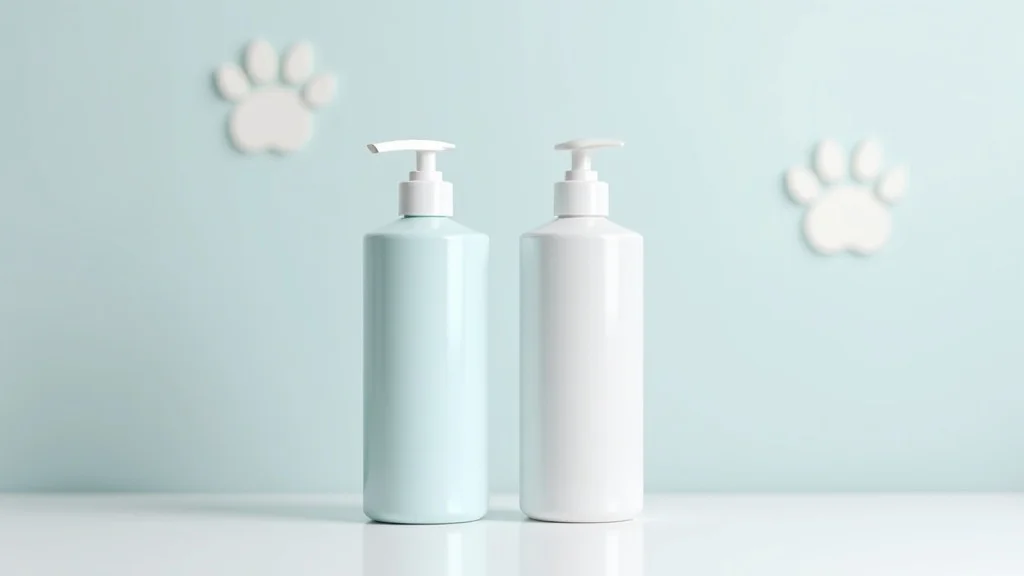
When to Choose 2-in-1 Dog Shampoo and Conditioner Solutions
Busy pet parents or homes with low-maintenance coats can benefit from 2-in-1 dog shampoo and conditioner products. These streamline bath time by providing both cleansing and moisturizing effects in a single step, saving you time without compromising quality. They’re ideal for dogs that don’t struggle with complex skin concerns but can also add quick refreshment between full grooming sessions. That being said, deeply tangled or ultra-sensitive breeds may still do best with two separate formulas to target specific needs. Always read product descriptions closely to ensure the 2-in-1 solution is free of harsh chemicals and matches your dog’s skin type and coat type.
If you do choose a combined formula, pay attention to how your dog’s skin responds following the first few uses, and adjust as necessary. A good 2-in-1 dog shampoo and conditioner should leave your dog’s skin and coat feeling clean, soft, and irritation-free—if not, consider specialized single-step shampoos and follow with conditioner for optimal results.
Best Practices: How Often Should You Shampoo Your Dog Based on Skin Type?
One of the most common questions from dog owners is how often they should actually shampoo their dog. The answer depends heavily on your pet’s skin and coat type. For dogs with sensitive skin, frequent bathing can cause irritation, so a schedule of every 4–6 weeks is usually best. Dogs with normal or oily coats may benefit from more regular washing—every 2–4 weeks—depending on activity and mess level. Long-haired and allergy-prone breeds sometimes require different frequencies, especially if they pick up lots of outdoor contaminants or have allergies. The key is to observe your pet carefully: if you notice dryness, redness, or excessive oil, it may be time to switch products or adjust frequency.
Always use lukewarm water, rinse thoroughly, and follow each bath with a brush-out to remove tangles and distribute natural oils. Remember, you can always consult with your veterinarian for advice tailored to your specific breed and conditions—especially if your dog has any chronic skin problems or allergies. Consistency and the right product combination are your path to optimal skin and coat health.
Frequency of Bathing for Dogs with Sensitive Versus Normal Skin
For most dogs with sensitive skin, bathing once every 4 to 6 weeks is recommended to maintain skin barrier integrity while keeping them clean and comfortable. Over-washing can dry out the skin or trigger irritation—even with the best shampoo for dogs—so watch for signs like itching or flaking. For dogs with normal, healthy coats and no ongoing issues, you can extend the period between baths or adjust based on the season and their activity level. In both cases, always reach for quality, pH-balanced dog shampoos that suit the specific needs of your furry friend. Remember: it’s always better to slightly under-wash than overdo it and risk stripping your dog’s precious natural oils!
Supporting your dog’s unique skin needs—including the right schedule and products—results in a radiant, strong coat that stands up to weather, play, and adventure. Adjust as necessary, and don’t hesitate to ask your groomer or vet for help if you’re unsure of what works best for your pet’s lifestyle.
Real Owner Reviews: What Pet Parents Say About Shampoo for Dogs with Unique Skin Needs
“Switching to a gentle, quality dog shampoo made all the difference for my Lab’s flaky skin!” – Customer Review
Many dog owners have seen dramatic improvements in their pets simply by choosing a shampoo that matches their skin type. Reviews spotlight the impact of ditching harsh chemical-laden options in favor of soothing, ingredient-forward dog shampoos—especially when skin issues like allergies, dandruff, or excessive shedding are present. Positive feedback often notes that after just one or two washes with the right shampoo, dogs appear happier, itch less, and develop that lustrous coat every owner dreams of. Reading real owner experiences can give you guidance, reassurance, and fresh ideas for your next purchase as you seek out the best solution for your own furry friend.
People Also Ask: Your Dog Shampoo Questions Answered
What is the best shampoo for dogs with sensitive skin?
The best shampoo for dogs with sensitive skin typically contains soothing, non-irritating ingredients such as colloidal oat, aloe vera, or chamomile. Avoid products with artificial fragrances, dyes, or harsh chemicals.
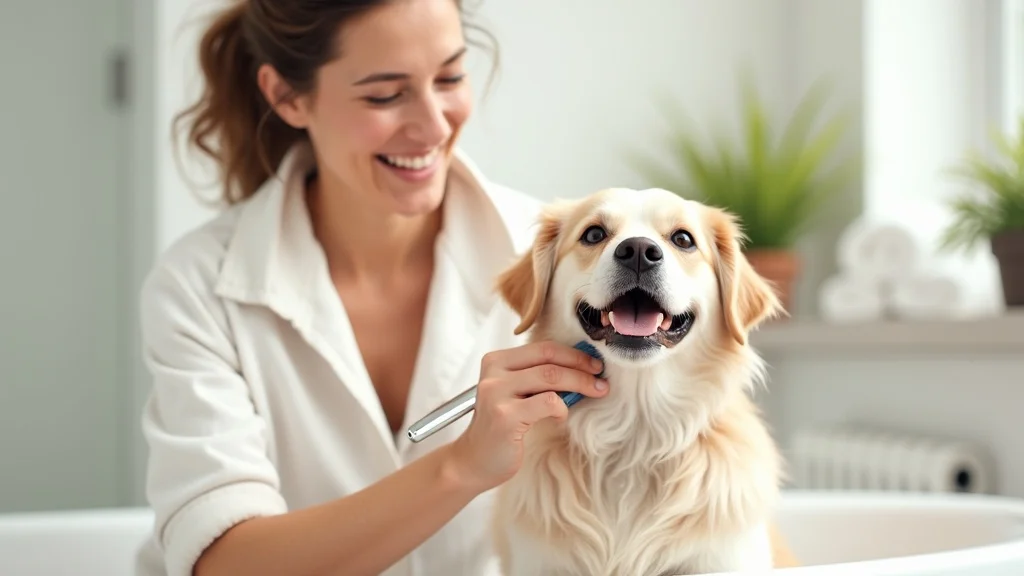
What do vets recommend for dogs with itchy skin?
Veterinarians often recommend medicated shampoo for dogs with itchy skin, or gentle options with natural soothing agents. Always consult with your vet to ensure it matches your pet’s condition.
What shampoo is good for dogs' skin?
A good shampoo for dogs' skin matches the individual’s skin and coat type, is pH balanced for canines, and avoids ingredients that could strip natural oils or irritate sensitive skin.
What to bathe a dog in with itchy skin?
For dogs with itchy skin, use a hypoallergenic or medicated dog shampoo designed to calm inflammation and restore skin moisture. Ingredients like colloidal oat and aloe are particularly effective.
How to Spot and Soothe Common Dog Skin Irritations at Home
FAQs About What is the Best Shampoo for My Dog’s Skin Type
Can I use human shampoo on my dog? — No, human shampoo has a different pH balance. It can cause irritation and strip your dog’s natural oils.
How do I switch dog shampoos safely? — Gradually introduce the new shampoo and monitor for reactions. Conduct a patch test on a small skin area before full use.
What signs suggest my dog’s shampoo isn’t a good fit? — Watch for persistent itching, redness, dandruff, or changes in coat texture. If these appear, change to a gentler or more suitable product.
Should I consult a vet before changing dog shampoos? — If your dog has ongoing skin issues, allergies, or you’re uncertain about choices, always consult with your veterinarian first.
Key Takeaways for Identifying What Is the Best Shampoo for My Dog’s Skin Type
Always factor in your dog’s specific skin and coat needs
Choose dog shampoos with targeted ingredients for known conditions
Avoid harsh chemicals and prioritize pH-balanced, quality dog shampoo options
Read owner reviews and consult with a veterinarian when in doubt
Ready to Improve Your Dog’s Skin and Coat? Take the Next Step!
Want more tips, stories, and pet care guides delivered straight to your inbox? Join our monthly PawPress newsletter and stay in the loop with the latest for your furry friends. 🐾 Subscribe now — your pets will thank you! https://pawpressnews.com
Conclusion: The right shampoo for your dog’s skin type means fewer issues and a happier, healthier companion. Make the switch and see the difference—your furry friend (and their coat) will love you for it!
Choosing the right shampoo for your dog’s specific skin type is essential for maintaining their health and comfort. The American Kennel Club’s article, Finding the Right Shampoo for Your Dog, emphasizes the importance of selecting shampoos tailored to your dog’s coat and skin needs, highlighting that different breeds and coat types require specific formulations to maintain optimal skin health. Additionally, PetSmart’s guide, Your Guide to Choosing the Right Dog Shampoo, provides insights into various shampoo types, such as hypoallergenic and moisturizing options, and offers tips on selecting the best product based on your dog’s unique requirements. If you’re serious about ensuring your dog’s skin and coat are well cared for, these resources will provide valuable guidance.
 Add Row
Add Row  Add
Add 




Write A Comment